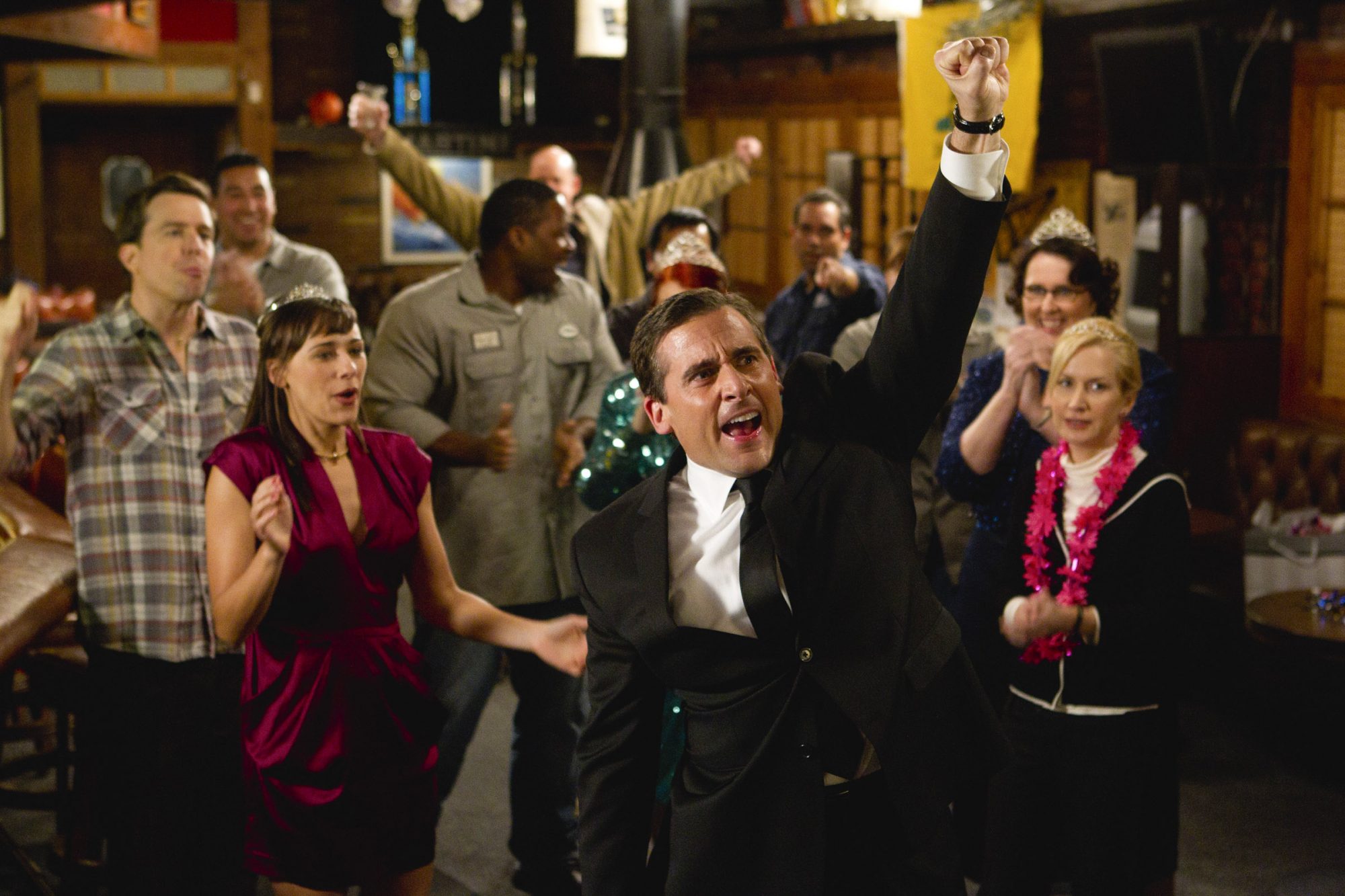Table of Contents Show
When we think of fandom, we often think about the collective experience a group of people have related to a piece of publicized media, be it a movie, book, or band. Of course, that’s the catch. Fandom often implies publication, meaning that there is a full story or world to market to the audience. But how often as fandom followed the rules? Enter the fake fandom.

Also referred to as nonextant fandoms, (( Booth, P. “Reifying the Fan: Inspector Spacetime as Fan Practice”. Popular Communication: The International Journal of Media and Culture. 2013). )), paratextual fandoms, or microfandoms (( Kirby, Abby, “The fan/producer duality in microfandoms: Examinations of collaboration, creativity, and capital” (2021). College of Communication Master of Arts Theses. 38. )); though the label of fake fandom summarizes the commonalities between these terms. Of course, the term fake fandom does not mean to imply that the fans themselves are fake, but rather that the content itself is not rooted in any commercialized or published content.
Fake fandoms best exhibit fandom’s defining traits: community and creativity. These spaces provide solace for like-minded fans to co-create their own story, often rooted in their love for another. These fandoms linger in the space between recognized fandom and illegitimate fandom. The fake fandom can cover a lot of ground, from shows-within-shows to entirely fan-made productions. If anything, the fake fandom is a symbol of the loyalty and passion audiences have for their favorite media.
Recognizing A ‘Mise En Abyme‘
Meaning “placed into abyss” (( Derived from French author André Gide, the Mise en abyme is used in film criticism to describe a story within a story. )), instances of Mise en abyme appear frequently throughout art and cinema, but particularly as shows-within-shows. The show-within-a-show is a staple of modern-day comedy, providing something for both characters and audiences to laugh at. These shows are often parodies of other popular television shows or serve as a critique of the show itself.
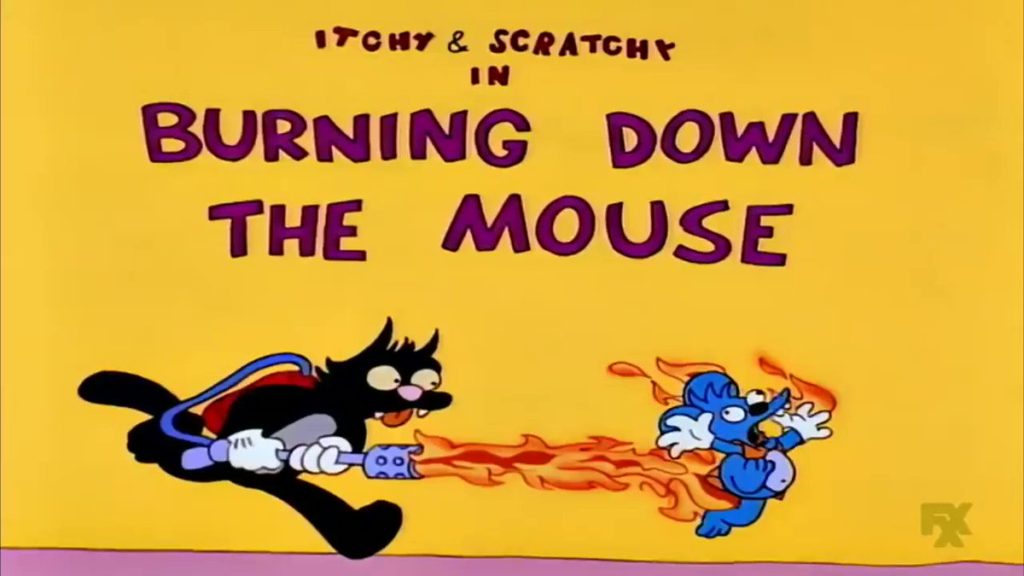
The list of shows-within-shows is a long one, ranging from the primetime drama Dr. Sexy M.D. featured in Supernatural (2005-2020) to period drama Winethorpe Manor on Bob’s Burgers (2011-Present). The Mise en abyme is so ingrained within our film and television culture that websites have cropped up around the internet dedicated to tracking them. Nestflix (( Fisher, Lynn. “Nestflix.” 2019. )) Russian nesting dolls. The website dutifully lists, summarizes, and uploads videos and stills of famous stories-within-stories.
The Itchy and Scratchy Show
A famous example is The Itchy and Scratchy Show’s several appearances within The Simpsons (1989-Present). Parodying classic golden age cartoons such as Tom and Jerry and Roadrunner and Wile E Coyote, the show-within-a-show not only pokes fun at American cartoons’ history of violence, it also serves as an homage to the influence of previous animators.
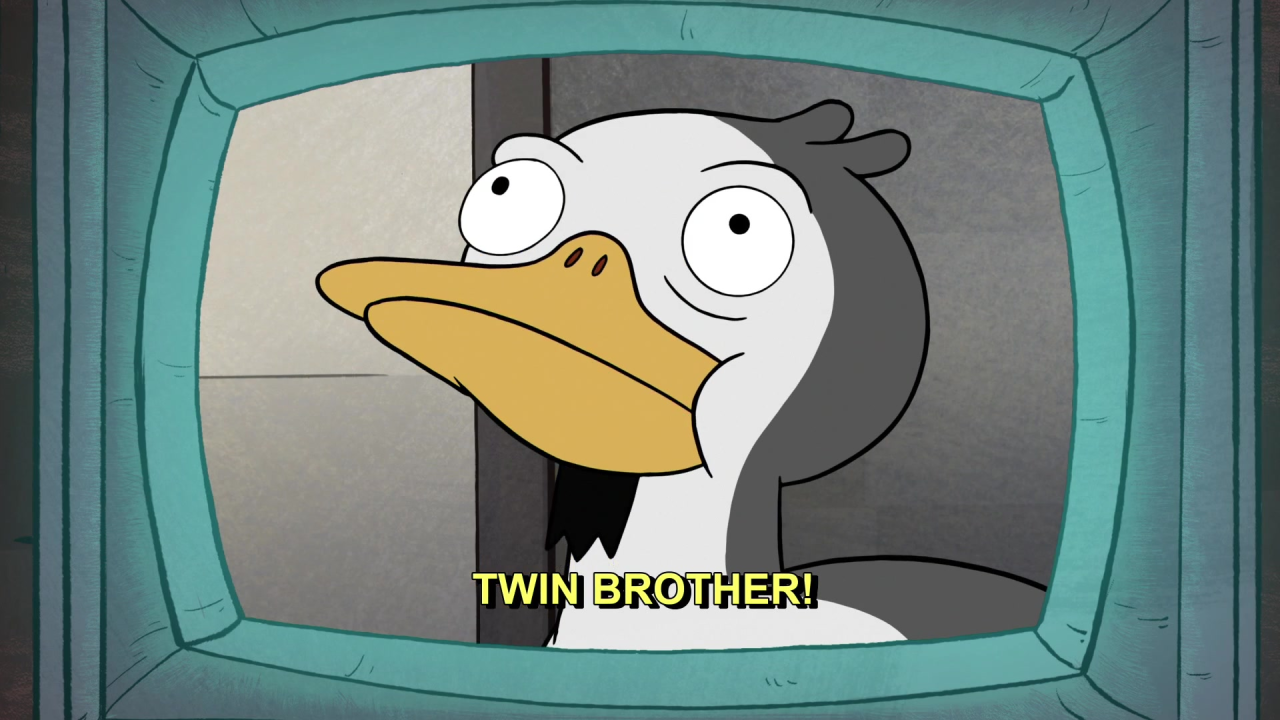
The Itchy and Scratchy Show is beloved by its audience, to the point where it is synonymous with The Simpsons and has become its own franchise within the Simpson’s universe — with several movies and spin-offs.
Duck-tective
Shows-within-shows can serve a higher purpose than pure comedy. These fake fandoms can also be self-referential and showcase some of the producers’ meta-awareness of the show. In Gravity Falls (2012-2016), the show Duck-tective makes a continuous appearance in both seasons, including a series of shorts focused on the crime-solving duck. However, in the latter half of season two, Duck-tective is used to make meta-jokes about the fanbase.
An episode of Duck-tective reveals that Duck-tective had a secret twin brother the entire time. Soos responded that he “predicted that like a year ago.” The joke references how audiences predicted that another character, Stan Pines, had a twin brother long before the reveal in the episode “Not What He Seems”. Stan himself even comments that Duck-tective “has a big mystery element! And a lot of humor that goes over kids’ heads!” (( “Dungeons, Dungeons, and More Dungeons,” Gravity Falls. (2015). Disney Television. )), referencing Gravity Falls‘s own older fanbase and why they enjoy a kid’s cartoon so much.
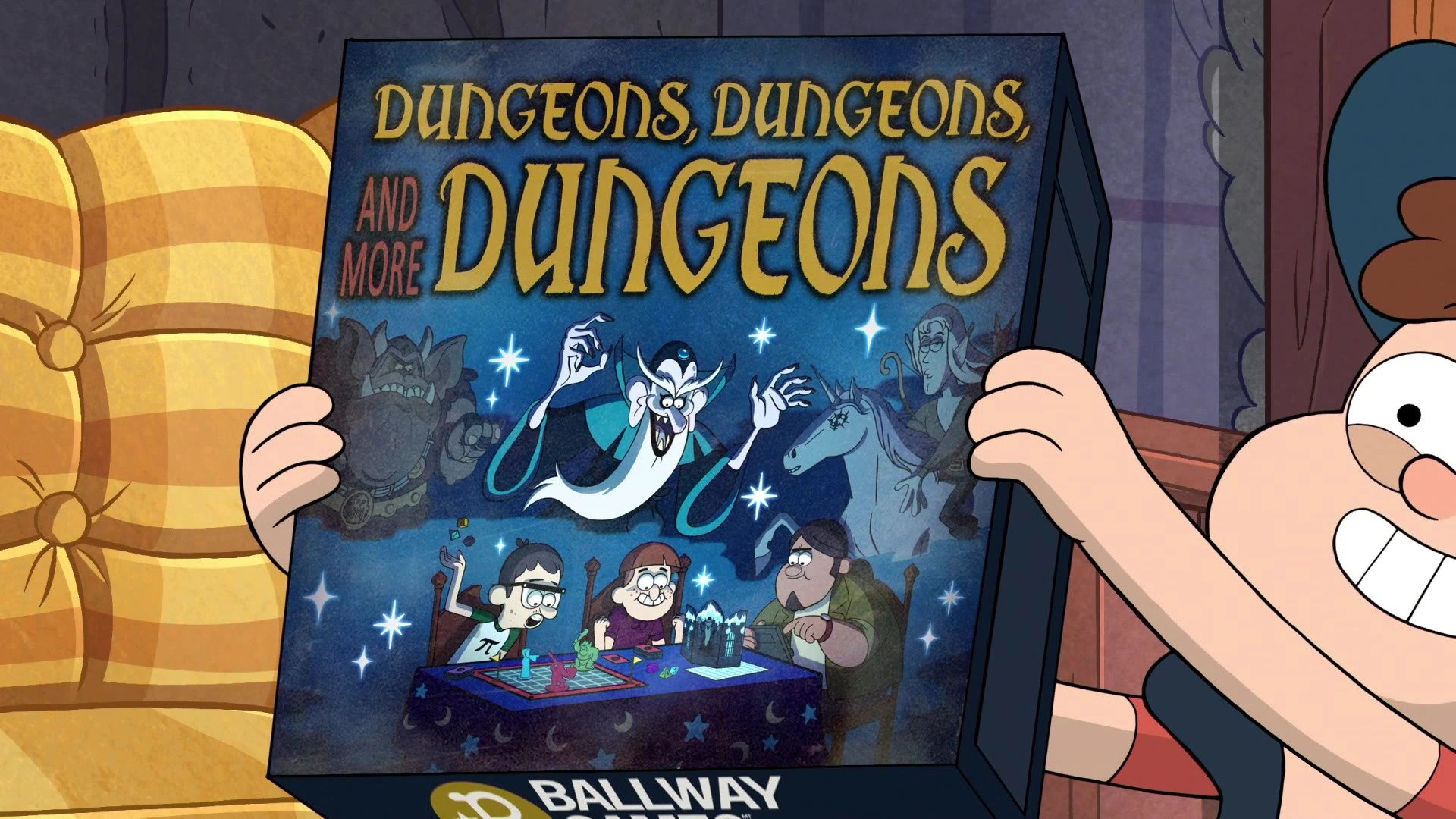
The show also makes use of Dungeons, Dungeons, and More Dungeons, a parody of Dungeons & Dragons as the focal point of the episode. The game contains its own unique rules and monsters that are different from its real world counterpart, including the use of a 38-sided die. As the characters clash between a game of D, D and More D and watching the most recent Duck-tective episode, the audience is once again made fun of for their attachments to fictional media.
Fandom As Spin-Offs
The fake fandom can become just as popular as the original fandom itself, creating a series of spin-offs focused on building up the fake fandom’s world. These spin-offs can be singular episodes or new movies and TV shows in their own right.

Not only is it a smart marketing move to draw more attention to the original series, but it is also rewarding for die-hard fans to finally see what all the hype was about.
Threat Level Midnight
In The Office (2005-2013), several references are made throughout the series to Michael Scott’s screenplay for a spy-thriller called Threat Level Midnight (( The Office Wiki. “Threat Level Midnight” )) featuring the main character Michael Scarn. Throughout the show, Michael continuously references his screenplay to other characters and often performs as his alter-ego persona.
The recurring joke became so ingrained within the plot of The Office that Threat Level Midnight received its own special episode. The episode follows Michael showing off the completed 25-minute movie to the rest of the office staff, who also make appearances as the movie’s other characters. The actors perform their roles perfectly, capturing the hilarity and awkwardness of a home-brew movie. The end result is a funny, long-awaited joke for the audience to enjoy.
Carry On, Simon
Breaking away from television, the success of Rainbow Rowell’s Fangirl (2013) led to popular follow-up series. Carry On is the written version of main character Cath’s Simon Snow fanfiction.
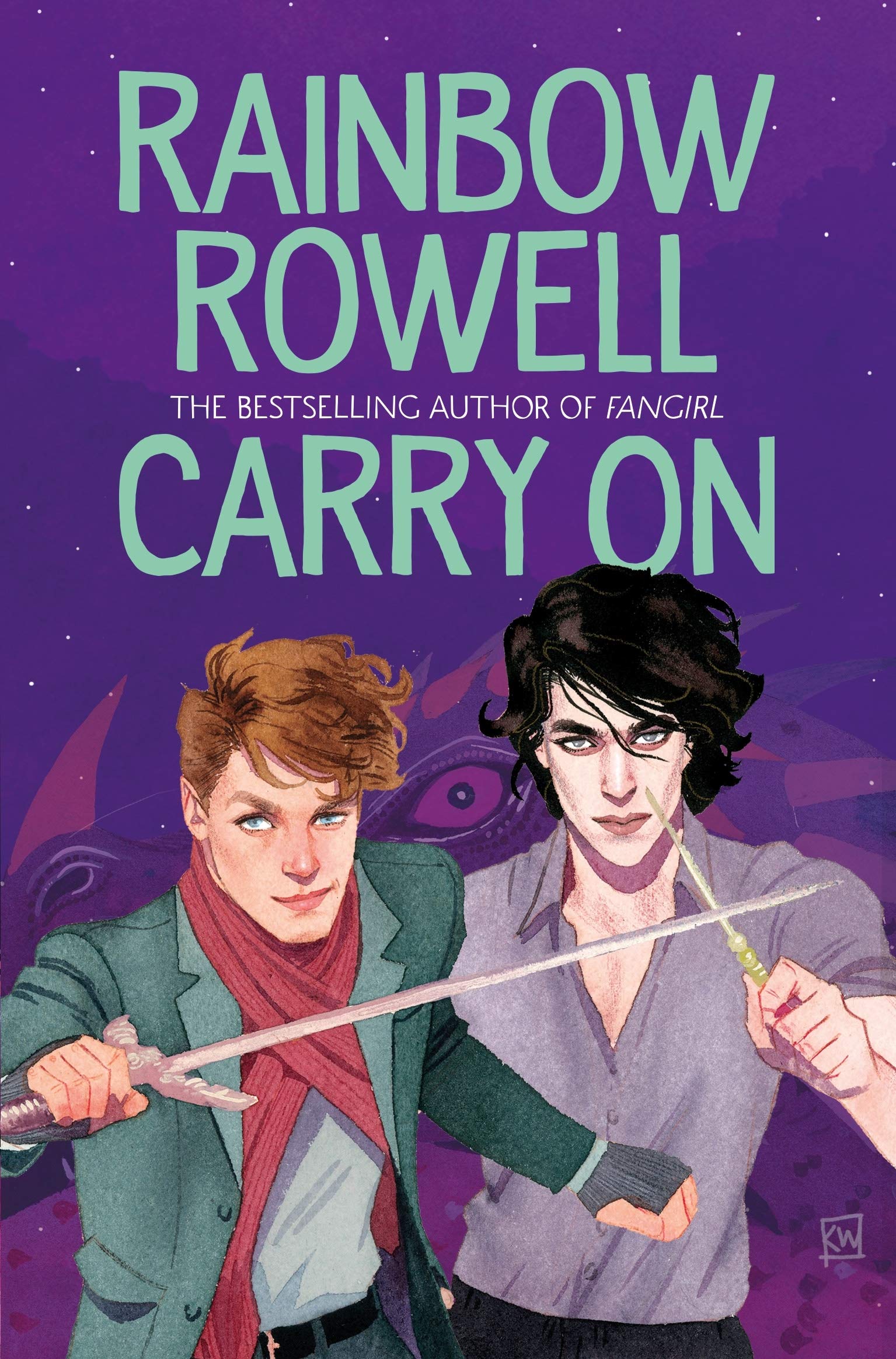
Made to be a Harry Potter knock-off, the Simon Snow series intrigued readers — but not nearly as much as the snippets of Cath’s fanfiction written throughout the book. The trilogy of books brings Simon and Baz to life through Cath’s imagination, as she imagines the trials surrounding their budding relationship. It’s easy to say that Simon Snow now has its own fandom that might even surpass that of Fangirl.
Fans As Media Producers
We cannot always rely on media producers and creators to give the fans what they want. Sometimes the fans have to take matters into their own hands. When push comes to shove, fans will occasionally create their own fandom — sometimes based on a published text or as their own original creation.
Inspector Spacetime
Originally featured on Community (2009-2015), Inspector Spacetime (a parody of Doctor Who) becomes Troy and Abed’s favorite show. During one of Community’s many hiatuses due to cancellation, fans attempted to fill the void left behind by creating an entire plot, cast, and an episode of Inspector Spacetime.
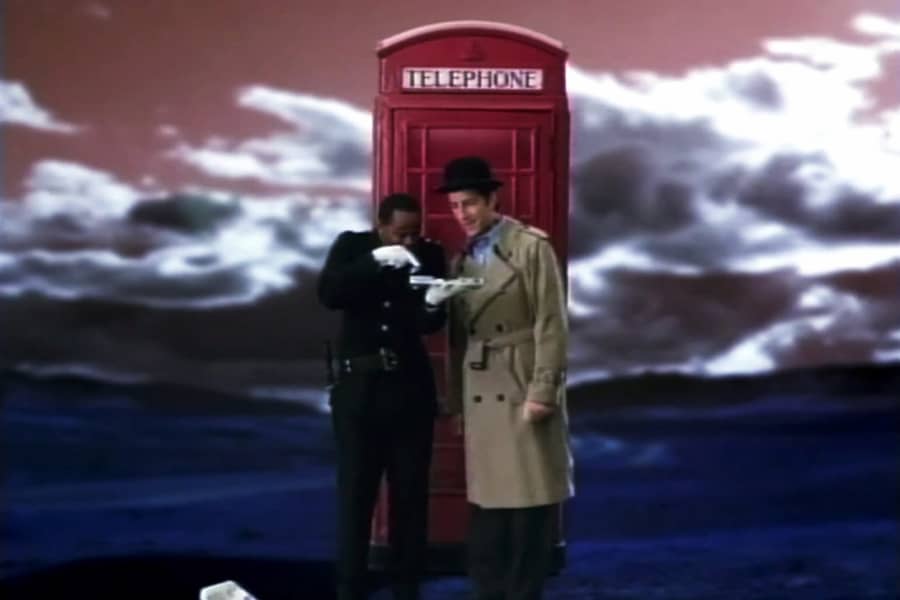
Teaming up with Travis Richey, who played the Inspector in a few of the Inspector Spacetime clips, the fans were able to create an episode of their fake show. They relied on many tropes and plot points from Doctor Who while combining it with Community’s often critical humor. Inspector Spacetime became a fandom in its own write, with an entire wiki dedicated to outlining the plot fans created along with several fanfictions detailing the Inspector’s adventures across spacetime.
Ships Of The Northern Fleet
Of course, not all fake fandoms begin with published source material. Ships of the Northern Fleet is not a real TV show, and its plot and characters are completely fabricated. In 2021, video game writer Tyler James Nicol made a TikTok asking viewers to recall their fondest memories of a show that never existed. As false memories of Ships of the Northern Fleet piled up on the video’s comments, followers worked together to create a wiki that collected and connected all the imaginary stories created by the viewers (( The New York Times. “The show is fake. The fandom is real.” The Indian Express. June 10, 2021. )).
Celebrities have gotten in on the action too, with Dan Povenmire and Jeff “Swampy” Marsh of Phineas and Ferb claiming to have written the show’s theme song in a recent TikTok (( danpovenmire. TikTok. May 1, 2022. )). Despite the fact that Ships of The Northern Fleet never has and likely never will exist as a professionally made piece of media, its fans are as real and dedicated as in any other fandom. By collaborating with each other, they managed to simultaneously create a fandom that never existed and relish in their memories of it.
The Fake Fandom Is The Point
Occasionally, the fake fandom will pull itself free of the recesses, no longer acting as a recurring joke or background to the character’s real issues. Sometimes the fake fandom is front and center, and the characters and plot revolve around it.
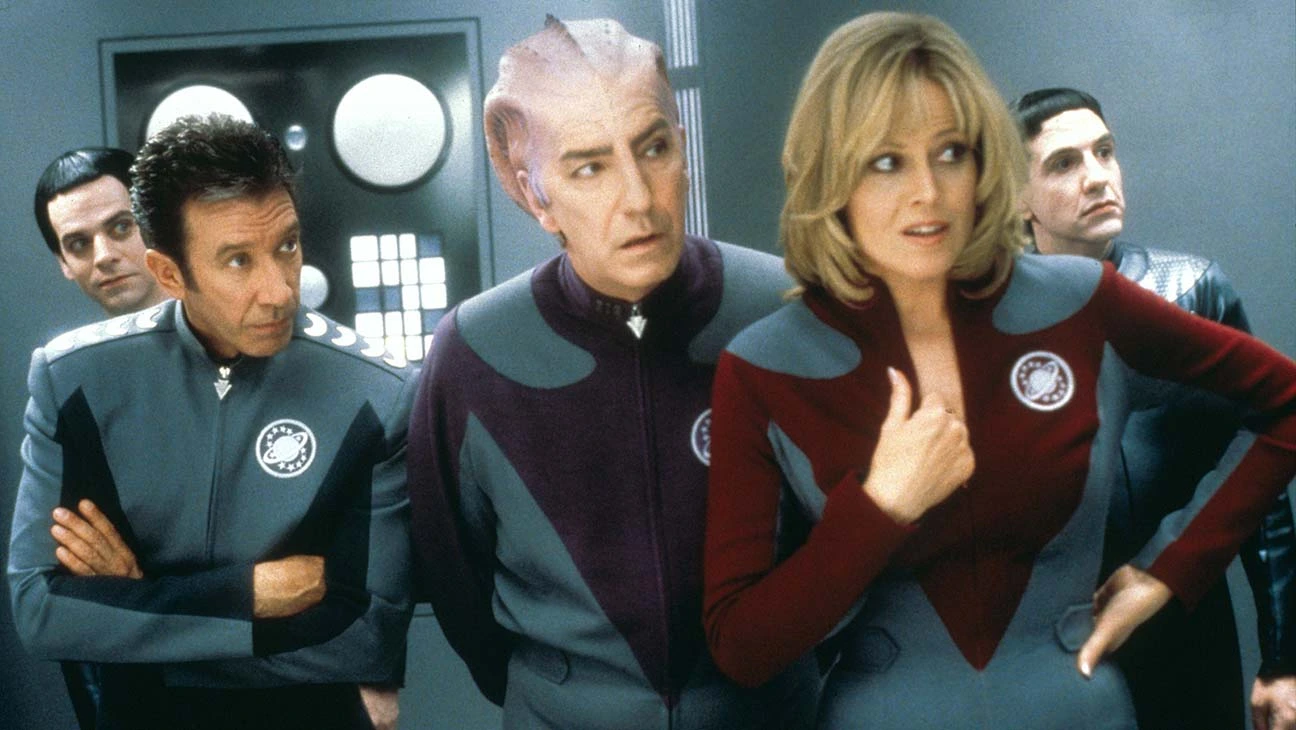
Galaxy Quest
Galaxy Quest (1999) depicts the cast of a 1980s, Star-Trek-esque television show of the same name — “Galaxy Quest.” Within the movie’s universe, Galaxy Quest has thousands of fans, including the aliens the show has been broadcast via satellite and is recognized as a cult classic. The movie normalized and openly appreciated the role that fans play in the lives of media producers. The fictionality of Galaxy Quest as the backdrop to the characters’ lives is what drives the plot, as alien Thermians transport lead character Jason to their intergalactic ship believing the events of Galaxy Quest were real, historical events.
The fictional show and the plot of the movie are expertly interwoven, begging the question if there is any difference between the two at all. The fictional Galaxy Quest also earned its own fans in the real world called Questers, who sought to create the show’s plot, similar to the fans of Inspector Spacetime and Ships of the Northern Fleet. Further blurring the lines between real and not real, Questers proved that sometimes fake fandoms are just as important as the real thing.
Fanfiction As Its Own Fandom
Fanfiction itself can spur its own fandoms. A particular fanfiction can become so popular that it gains its own following of dedicated fans and therefore becomes its own fandom — separate from the original source material. These fans might make their own fanfiction based on the story, or create fanart and cosplays to celebrate their love for it. Though infamous and often seen as one of the worst fanfiction stories ever published online, My Immortal has made its way into the public consciousness. Ebony Dark’ness Dementia Raven Way’s life as a vampire girl at Hogwarts may seem juvenile at times, but its fame has also brought with it a fandom. While it’s hard to say that anyone enjoys My Immortal for its story, the fanfiction has certainly become one of the most recognizable pieces of media in the 21st century.
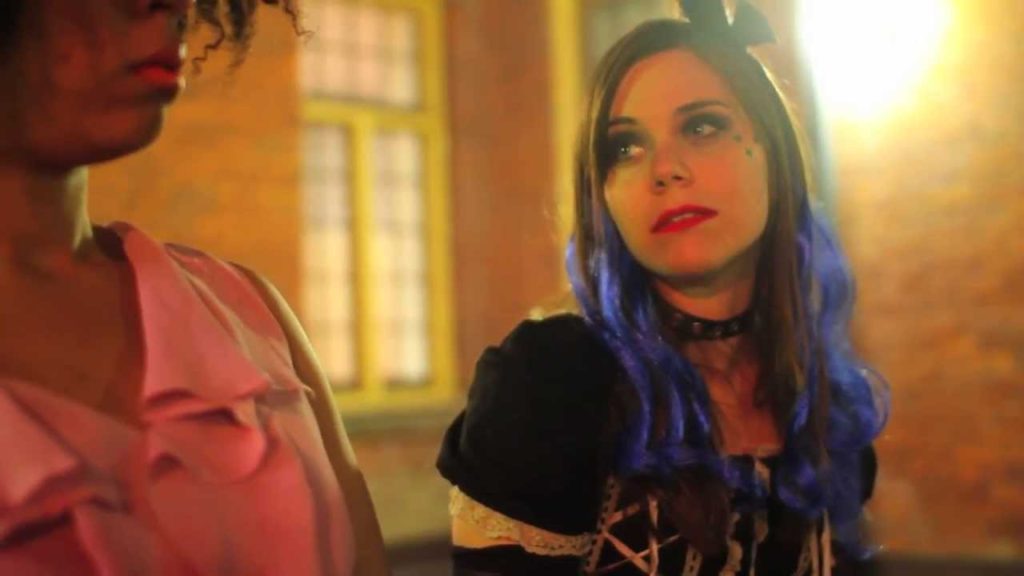
Any kind of fanfiction, be it alternate universes, ships, or crossovers can spur its own fandoms. As fans become invested in the objects of their own creation, their fan works can become uniquely recognizable as taking on a life on their own. These fandoms “rest between a space of being a completely original co-created work, and still retaining their fanwork origins” (( Kirby, Abby, “The fan/producer duality in microfandoms: Examinations of collaboration, creativity, and capital” (2021). College of Communication Master of Arts Theses. 38.
https://via.library.depaul.edu/cmnt/38 )). In some cases, fans may even prefer a fanfiction-based fandom over the original source material.
Why Be A Fan Of Fake Fandoms?
Being a real fan of a fake fandom might seem counterintuitive. If the content itself is not real, does the fandom really exist at all? Dr. Paul Booth describes the process of making fake fandoms real as reification — when an abstraction is treated as if it were a concrete real event or physical entity. Though the concept of the fandom is abstract, and often blurring the lines between what is canonical to a story versus just pure fanon, fans will continue to treat it as the real thing. That is to say, being a fan of fake fandoms requires some suspension of disbelief.
The fans of fake fandoms also get the luxury of calling the shots in their community. Avenues for creativity often present themselves as they share ideas for and create a plot that matches their own interests. In Mise en abyme parodies, fans can use these fictional fandoms to right the wrongs of fandoms that they loved, or draw attention to plots or concepts that irked them. Fake fandoms offer opportunities for audiences to express their thoughts and feelings outside of traditional methods like social media forums.

And, perhaps most importantly, it allows the audience to feel like a character in their favorite fandom. Getting to enjoy the fictional media from a TV show or book allows fans to feel like they are a part of that world. It allows them to fully participate in the fandom’s world and continue to feel emotionally attached to it. So yes, fake fandoms are not “real.” Most will likely never end up on the big screen or published as their own book, this does not take away the reality of these fake fandoms. They are most definitely real to the fans who enjoy them — and it is the fans that matter in the end.
